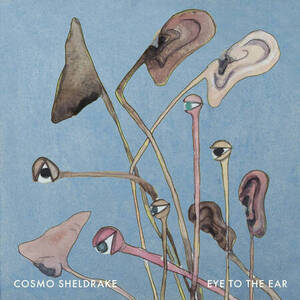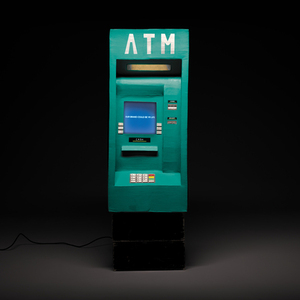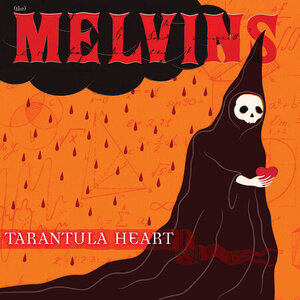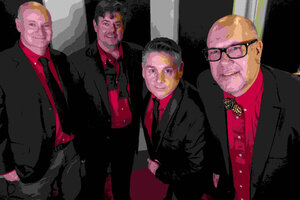So who is reading your drivers license?
Chips in official IDs raise privacy fears
Climbing into his Volvo, outfitted with a Matrics antenna and a Motorola reader he’d bought on eBay for $190, Chris Paget cruised the streets of San Francisco with this objective: To read the identity cards of strangers, wirelessly, without ever leaving his car.
It took him 20 minutes.
Zipping past Fisherman’s Wharf, his scanner downloaded to his laptop the unique serial numbers of two pedestrians’ electronic U.S. passport cards embedded with radio-frequency identification, or RFID, tags. Within an hour, he’d “skimmed” four more of the new, microchipped PASS cards from a distance of 20 feet.
On June 1, it became mandatory for Americans entering the United States by land or sea from Canada, Mexico, Bermuda and the Caribbean to present identity documents embedded with RFID tags, though conventional passports remain valid.
Among new options are the chipped “e-passport,” and the new, electronic PASS card – credit-card sized, with the bearer’s digital photograph and a chip that can be scanned through a pocket, backpack or purse from 30 feet.
Alternatively, travelers can use “enhanced” driver’s licenses embedded with RFID tags now being issued in some border states: Washington, Vermont, Michigan and New York. Arizona and Texas have entered into agreements with the federal government to offer chipped licenses, and the U.S. Department of Homeland Security has recommended expansion to non-border states. The purpose of using RFID is not to identify people, says Mary Ellen Callahan, the chief privacy officer at Homeland Security, but “to verify that the identification document holds valid information about you.”</em>
Scary stuff. I currently only have one of these RFID encoded cards. Won’t be the last, I’m sure.












